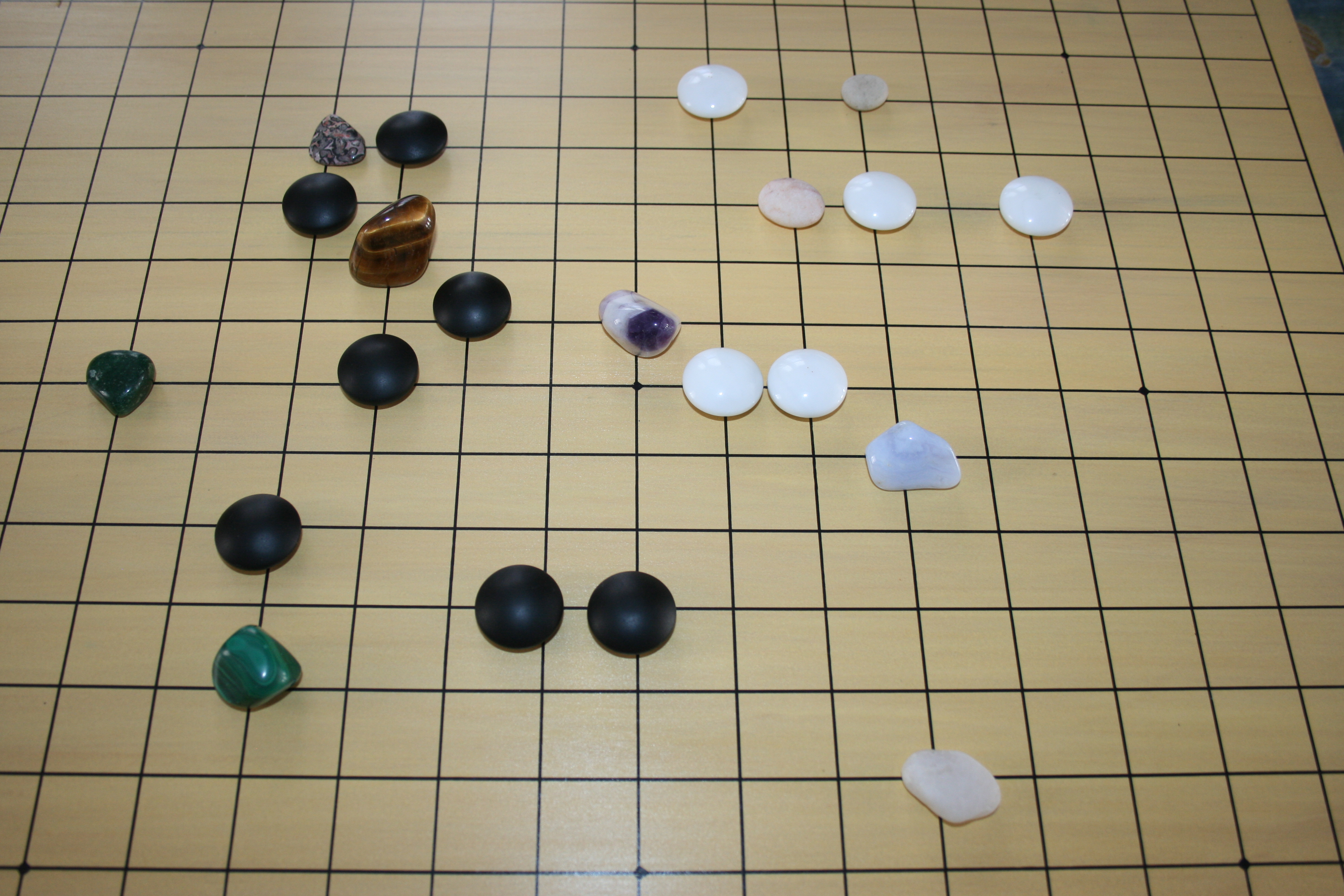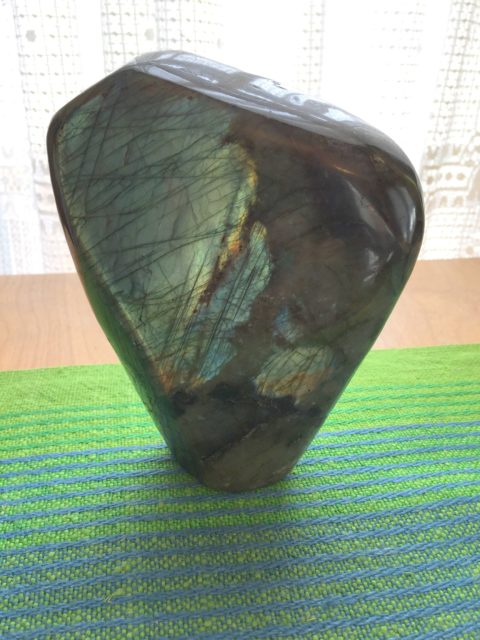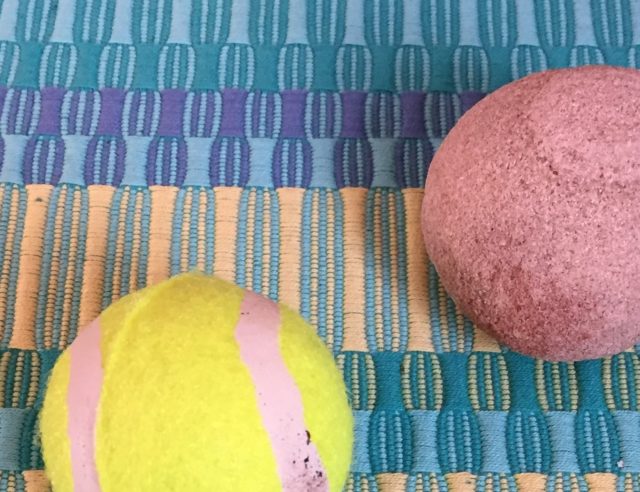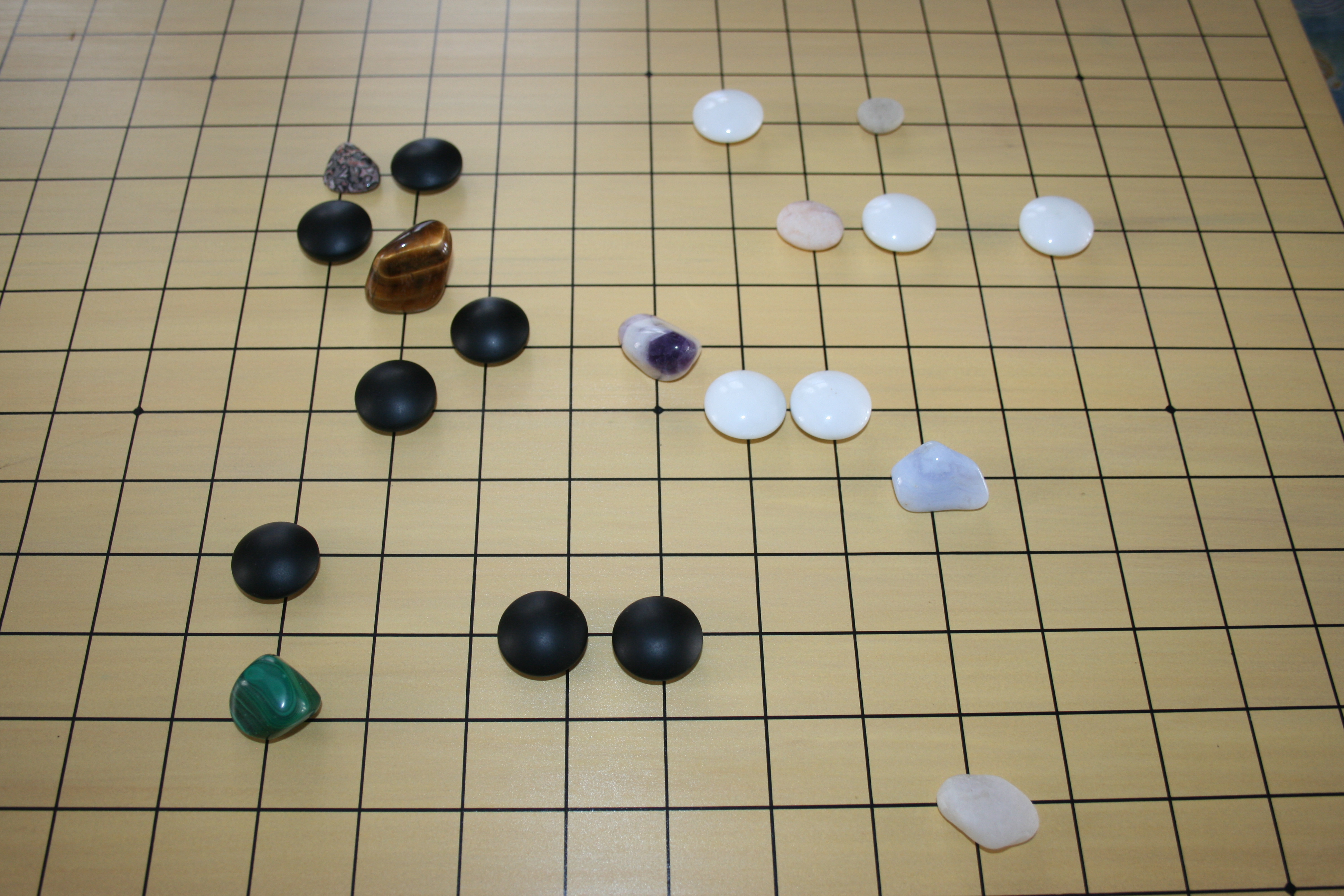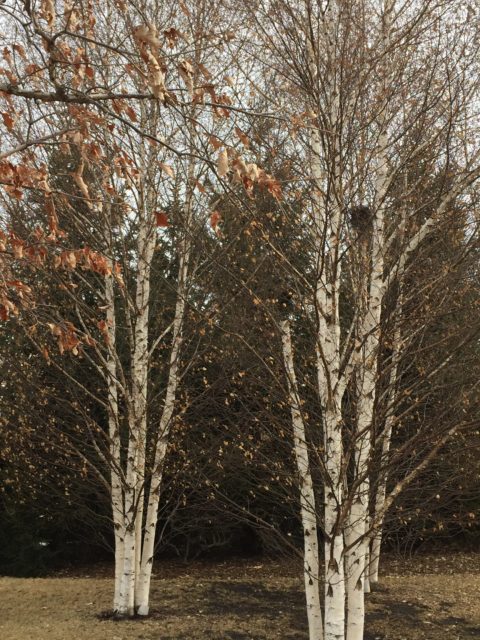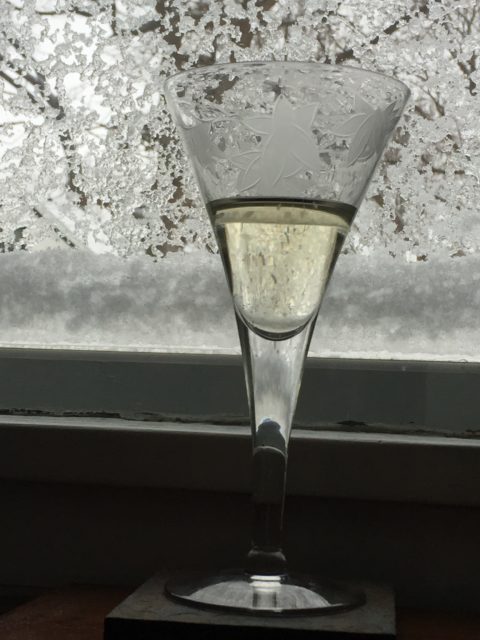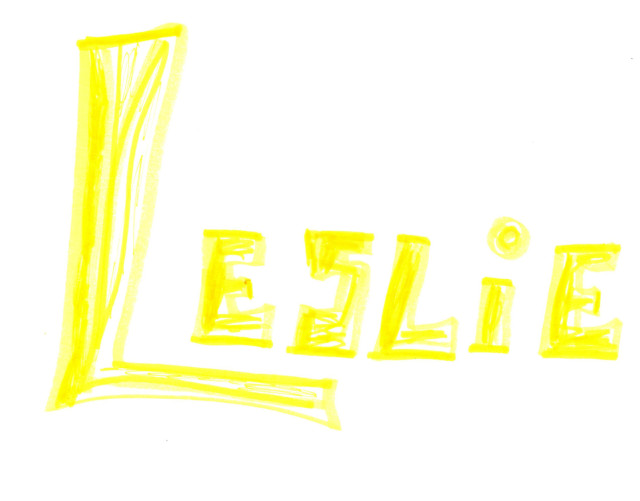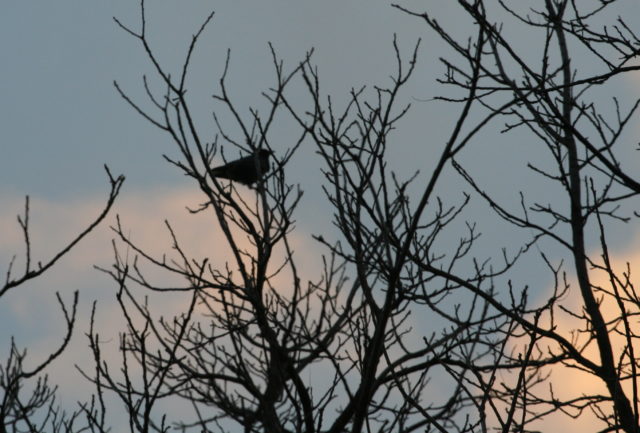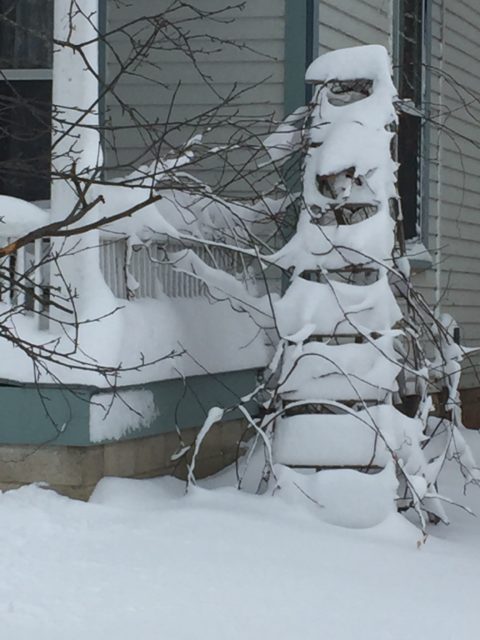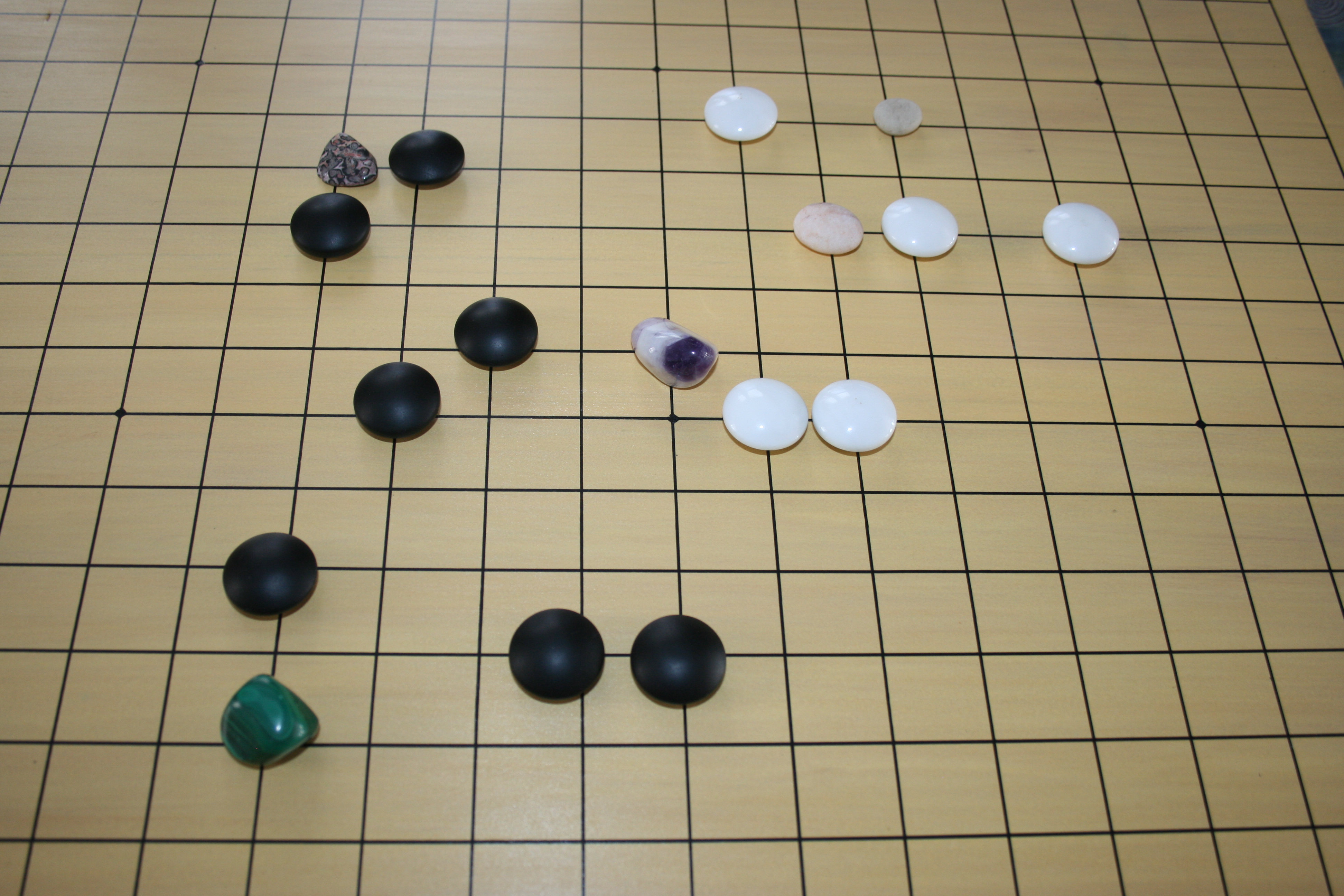
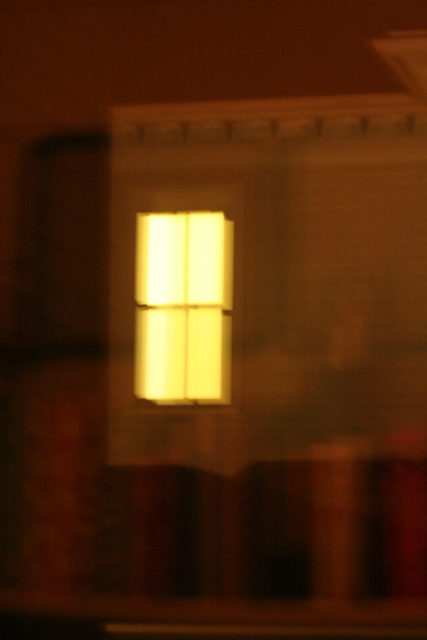
Cotyledons
I’ve chased fear away,
opened the windows
in my mind.
It flew off in swoops,
confused as bats
at high noon;
it evaporated
like oily smoke
on puffs of wind….
Harder to believe
it’s gone?
Or was ever planted here?
Real? Or real to me,
imaginary?
No matter, really.
I’m sweeping clean
the greenhouse
of my heart,
now planting new
dreams in gold-washed rooms.
Look! They begin
to sprout. Each
pokes up, one stem
supporting
a pair of broad leaves
like capable hands,
reaching
toward adventure,
possibility. How brave
they show,
thousands shifting
together, cotillion
of green imaginings.
Leslie Schultz
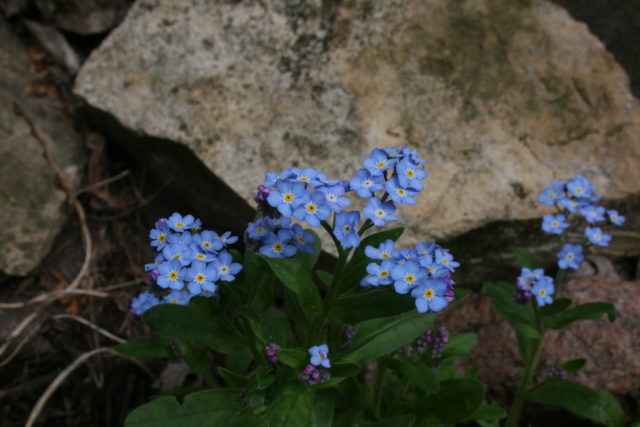
Volunteer Forget-Me-Nots
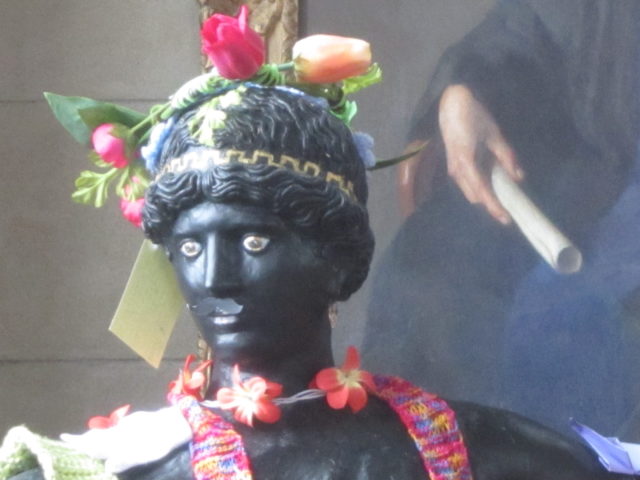
New Knowledge: Athena at Bryn Mawr College
Today’s poem was inspired by a fabulous new gardening book by Minnesota writer Mary Lahr Schier. It is called The Northern Gardener: From Apples to Zinnias, 150 Years of Garden Wisdom, and was just published last year by the Minnesota Historical Society Press. Mary, a former Northfield resident and longtime editor of the Northern Gardener, the bimonthly magazine of the Minnesota State Horticultural Society, writes like a dream. I don’t know how she manages to craft an engaging personal (but not too quirky) yet authoritative voice while weaving together not only technical and practical but historical and aesthetic topics, but she makes it look easy. This book is beautifully conceived, written, and illustrated. It invites the reader, even the neophyte gardener, into a tradition of high drama nearly two centuries old: the practical optimism of planting in our extreme Minnesota climate.
This work is one Tim and I know we’ll read for pleasure, inspiration, and instruction for years to come. I’ve already learned a new word (the title of today’s poem) and have a new task added to my spring list: photograph some cotyledons, if I can. Thanks, Mary, for inciting us all to adventures in our own gardens! Leslie
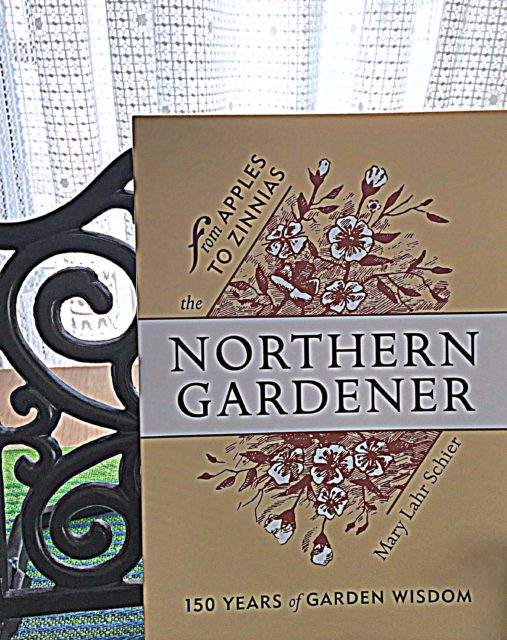
P.S. Mary’s book reminded me of happy hours I spent in the Andersen Research Library at the Minnesota Landscape Arboretum. I was researching both native plants and seeds commercially available around 1900 in Minnesota. I was striving to be as accurate as possible in revising a long poem I was writing called “Selena Balboa’s Garden,” one I fondly imagined as an illustrated children’s book. As it is still unpublished twenty-some-odd-years later, I can’t resist tacking it on here.
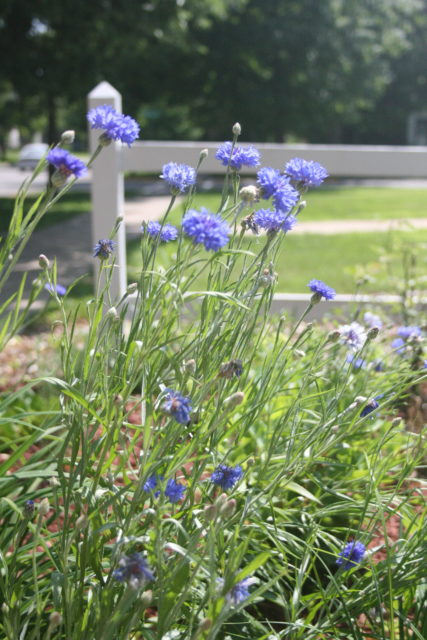
SELENA BALBOA’S DISCOVERY
Back when peanut butter was new,
Television was mere lunacy,
And the moon unvisited,
Selena Balboa began to plan
Her garden.
Caught in a Minnesota winter,
Pining for Florentine light
And the scent of cut lavender,
Sgnora Balboa thought to make
A garden.
Her husband, Giorgio, had two good jobs–
Delivering groceries in his own cart,
And using the same black horses
To pull slabs of sawed ice from the lake
In winter.
They were saving good money now.
Giorgio would open his own store–
Maybe next summer, if all went well.
She tried to be cheerful but all day Selena
Missed her husband.
The neighbors were kind, but her English
Went only as far as “Hello! How are you?”
She was too shy to walk in the parks.
Besides, the wind was so terribly cold,
So frozen.
And then, one day, Signora Balboa
Found the seed of a magical thought.
The short winter days got darker and darker,
Until she remembered how her mother
Grew flowers!
From then on, things were different.
She smiled as she fluffed the featherbed.
She hummed as she dusted the bannister.
She sang arias and chopped onions
In her kitchen.
As she pulled the stiff laundry
From white ropes over white snow,
She planned the lines of dug beds,
Black against green, black against brick
Paths through the garden.
The gold hoops burned her ears with cold
And her hands grew pink as roses
While she stood with her laundry basket
Exhaling delicate mists and dreaming up
A garden.
Behind that shingled garage,
Where people threw cans and bottles,
And the shade hung on all day,
Was the right moist corner for a
Woodland garden,
With ferns tall as lacy swords
And tiny lily bells near moss.
Clouds of white violets and blue
Forget-me-nots would thrive in that nook
Of shade garden.
On the southern side of the house,
She’d plant flowers that loved the sun.
Blossoms in every color would replace
That dull patch of grass that tangled its way
To the street.
Yes! She could see it already:
The radiant flowers of her homeland–
Lilies and lupine and poppies,
Cornflowers, sunflowers, daisies–would join
American blooms.
She began to look at the pictures
In catalogues featuring seed. Slowly,
Selena began to read. She discovered
Hawkweed and Indian paintbrush, Cosmos
And Love-in-a-Mist.
The world was a beautiful place,
from asters to zinnias and back.
By June, petunias foamed over
A tub near her front door. Geraniums
Lined the windows.
Selena worked every day,
In sunshine and in rain.
She loved the smell of wet earth
And how good the hot sun felt on
Her shoulders.
The neighbors became her good friends.
They saw her every day. They began
To ask her for help, to think of their own
Bare lawns and put circles of tulips
Under their trees.
Then Giorgio had an idea,
A wonderful birthday surprise.
He called Selena into her garden,
And asked her to close her eyes,
Her dreaming eyes.
She heard the clop,clop of horses
And opened her eyes with a start.
There was Giorgio, smiling on top of
A handsomely painted flower cart,
A work of art!
During the next happy winter,
Their ideas multiplied.
Together they opened a little shop, and
Today, they are still selling flowers,
Side by side.
Leslie Schultz 1994
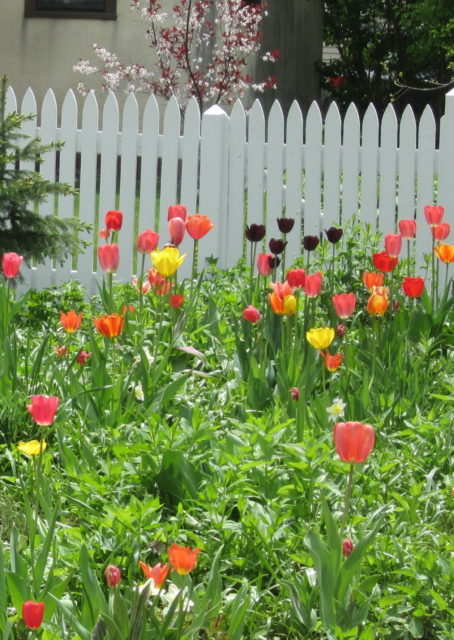
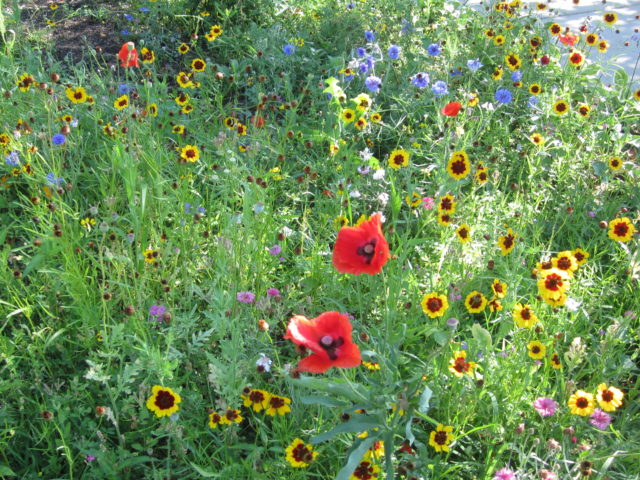
Check out other participants in the NaPoWriMo Challenge!



